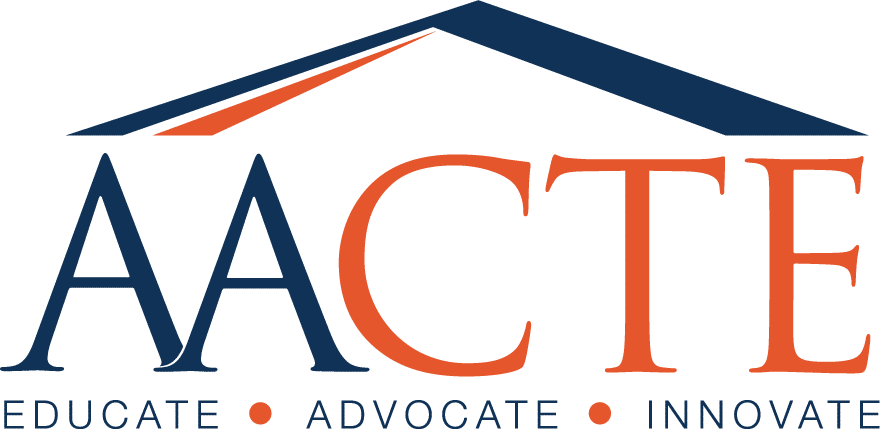New Compendium Identifies 6 Elements of Successful Schools

What makes a public school successful? A new report from the Learning First Alliance (LFA) identifies six common elements critical to success – while also emphasizing that each school must tailor its programs to the specific goals and challenges of its setting. In other words, all successful schools share key characteristics, but how these elements are implemented and integrated depends greatly on context.
LFA members, which include AACTE and collectively represent more than 10 million educators, parents, and local policy makers, contributed their sectors’ best practices and research to the compendium to advance a collective vision of how and why public schools flourish. In addition to AACTE, LFA members include AASA, The School Superintendents Association; American Federation of Teachers; American School Counselor Association; Consortium for School Networking; Learning Forward; National Association of Elementary School Principals; National Association of Secondary School Principals; National Education Association; National PTA; National School Boards Association; and National School Public Relations Association.
“We see public schools that are working well, where educators, parents, and local communities have developed programs to meet their specific goals and challenges,” said LFA chair JoAnn Bartoletti, executive director of the National Association of Secondary School Principals. “The Learning First Alliance wants to share this knowledge so that educators, policy makers, and parents can understand what it takes to build a successful school.”
The Elements of Success: 10 Million Speak on Schools That Work shows that successful schools are fulfilling what many consider the primary purpose of education: developing young people’s knowledge, skills, and attitudes so that they graduate from high school ready for college, career, and citizenship. The compendium identifies six elements common to all successful schools:
- Focus on the Total Child: Supporting each child’s needs, inside and outside the classroom, to help students become effective, empowered learners.
- Commitment to Equity and Access: Ensuring the needs of all student populations are met.
- Family and Community Engagement: Effectively engaging families and communities in support of students.
- Distributed Leadership: Defining leadership broadly and sharing decision making.
- Strong, Supported Teaching Force and Staff: Staffing schools with educators who are well-educated, well-prepared, and well-supported, and providing continuous learning opportunities and support to them.
- Relationship-Oriented School Climate: Creating a culture of collaboration and shared responsibility among staff and students and with families and communities. Successful schools are safe, welcoming, and respectful to all.
LFA Executive Director Richard M. Long emphasized that the elements are not interchangeable nor “pick as you please.”
“These elements are like the atoms that make up a molecule,” Long said. “However, we recognize the distinct differences between each school and each community, and schools implement and integrate these elements in vastly different ways depending on context and their individual needs.”
AACTE members will recognize many lessons in the report from the Association and its partners, including work on school leadership preparation, teacher performance assessment, the Clinical Practice Commission, the AACTE Holmes Program, and more.
To further examine each of the six elements and their relationships to each other, LFA will host a series of in-depth discussions over the next few months, beginning with a session at the AACTE 70th Annual Meeting in Baltimore, Maryland. Please join LFA leaders for “The Elements of Success,” Friday, March 2, 12:00-1:00 p.m.
Meanwhile, you can download the report at http://learningfirst.org/elementsofsuccess.
Tags: AACTE partner organizations, research






